
Here is an excerpt of what Wikipedia has to say about Poyang Lake:
Poyang Lake is the largest freshwater lake in China. The area of Poyang Lake fluctuates dramatically between the wet and dry seasons, but in recent years the size of the lake has been decreasing overall. In a normal year, the area of the lake averages 3,500 square kilometers. In early 2012, drought, sand quarrying, and the practice of storing water at the Three Gorges Dam lowered the area of the lake to about 200 square kilometers. The lake provides a habitat for half a million migratory birds and is a favorite destination for birding. During the winter, the lake becomes home to many migrating Siberian cranes, up to 90% of which spend the winter there.

Now, you would of course expect this post to be about the Siberian Crane – but it is not (that is the subject of a separate post). Instead, this is about the other bird species I saw here on January 15 and 16.
But first, a confession. While I have been birding at many places in China, I had never been to Poyang Lake as this is not my favorite kind of birding – seeing large birds far away in open country. Instead, give me small colorful birds close by any day (feel free to add an owl, if you really like me).
Still, being a writer for 10,000 Birds means writing about life (well, about birding life – I will not write about my cats or my music preferences, though I sometimes do that as well) – whether you like that life or not.
So, when I was at Poyang Lake, the water level was indeed quite low – from the roads I drove on, most of the lakebed seemed to be dry. This low water level apparently was also one of the reasons for the fall of China’s Yuan dynasty – in the Battle of Poyang Lake in 1363, the large ships of the dynasty were defeated by the smaller ones of the rebel forces as the low water level reduced the maneuverability of the former. Eventually, this naval defeat brought the Ming dynasty to power. And yes, I know that this has nothing to do with birds, but it is kind of interesting anyway, isn’t it?
Poyang Lake reportedly has four species of cranes – the Siberian Crane (separate post), the Common Crane …

the Hooded Crane (easy for me to see on Chongming Island but rarer at Poyang Lake) …

… and the White-naped Crane.
Like the Siberian Crane, this species is affected by the lake’s low water levels – one paper found that the habitat suitability for White-naped Cranes reached its lowest point during the exceptionally dry winter of 2022-2023, and advocates ensuring the preservation of the annual flooding cycle of the lake.
The White-naped Crane population has declined by two-thirds (source), and individual cranes have even switched their wintering site to one in Japan. You can read the story of an individual female crane named Borzya here.
The species is listed as Vulnerable, these days mainly affected by habitat loss, hunting and effects of warfare (HBW). I am not sure to what extent hunting for food is still a factor, but it must have been in the past – the explanation the HBW provides for the “vipio” in the scientific name Antigone vipio is “Balearic name for a type of edible crane (Antigone).”
The genus name Antigone is based on a mistake – it should have been Gerana, if I understand the HBW explanation of the name correctly: “Antigone, daughter of King Laomedon of Troy, who was metamorphosed into a stork for presuming to compare herself to the goddess Hera. Linnaeus confused this myth with that of Gerana, princess of the pygmies, who was changed into a crane by Hera for committing the same lèse-majesté“.
So, Antigone would have been an ok genus name for the Oriental Stork – but its scientific name is Ciconia boyciana, not as interesting as the crane’s name (Ciconia just means stork).

This stork is listed as Endangered, with a global population of 1000–2499 mature individuals (HBW).


For some reason, I find it hard to get very excited about geese, even though they are quite rare in Shanghai. At Poyang Lake, they are not. My impression is that the Tundra Bean Goose is the most common here.

While listers will hope that the Taiga and the Tundra Bean Goose will remain regarded as separate species, some recent research indicates that they should be better regarded as subspecies, as the two met in their evolutionary history and now represent a continuum rather than two distinct peaks of characteristics.

The name bean goose apparently comes from the birds foraging in agricultural fields and feeding on the seeds of beans.

Greater White-fronted Goose must have been around for a while. Apparently, the first known reference to this species comes from paintings inside the tomb of an Egyptian Prince around 2550 B.C., wherein two Greater White-fronted Geese are depicted feeding in a field of grain with four other geese (HBW). You can see the painting here.

This species maintains family bonds longer than other species of geese – according to one paper, 76% of juveniles spent time with their parents, 32% of yearlings, and 15% of two-year-olds and older (source) – apparently it is less embarrassing for a juvenile to be seen with its parents than it is for a human teenager.

Similar to humans, Greater White-fronted Geese living in the US may be prone to obesity, if I interpret the following sentence from a scientific abstract correctly: “Geese in California fed primarily on high energy cereal grains, while in Europe they subsist on green vegetation which has relatively less digestible energy than cereal grains.”

The journal “Expert Systems with Applications” has a paper titled “Greylag Goose Optimization: Nature-inspired optimization algorithm”. It proposes “a new nature-inspired optimizer called the Greylag Goose Optimization (GGO) algorithm. The proposed algorithm (GGO) belongs to the class of swarm-based algorithms and is inspired by the Greylag Goose.” In other words, bullshit that is rather irrelevant for birders.

The Greylag Goose is the ancestor of the domestic goose in Europe (source) – maybe a reason for my low overall interest in geese. Then again, while there seem to be enthusiasts for the most boring bird families – let’s say gulls, or pipits – I have yet to encounter anyone truly obsessed with geese.

Not true. There is an actual book titled “The Social Life of Greylag Geese“. Which makes it sound like it could be turned into a multi-season TV series full of stories on the ups and downs of a group of young urban upstart geese.
Unfortunately, the subtitle is bit of a downer: “Patterns, Mechanisms and Evolutionary Function in an Avian Model System”. That sounds less like a Netflix success.
And the single review of the book on Amazon is a one-star one and sounds rather embittered: “The subject matter is very heavy going and I’m struggling to see or understand what real relevance it has to anything other than one man’s obsession with the Western Greylag goose which is not rare and in many locations a very messy nuisance!!! I bought the book as a reference ‘tool’ to add to a library, because I keep a collection of ornamental geese, but realised very quickly it has little to no relevance to me or my birds!!”. Maybe the buyer did not read the subtitle when ordering the book.
Or maybe he does not want to admit that his geese also show homosexual behavior. The book has a section titled “Alternative social and reproductive strategies”, which includes the observation “In our flock, 49% of the males engaged in heterosexual pair bonds with females only, while 37% of the males formed pairs with both males and females over the course of their lives. The remainder of the males (14%) exclusively paired with other males”.
Finally, there is the Swan Goose. It is listed as Endangered.
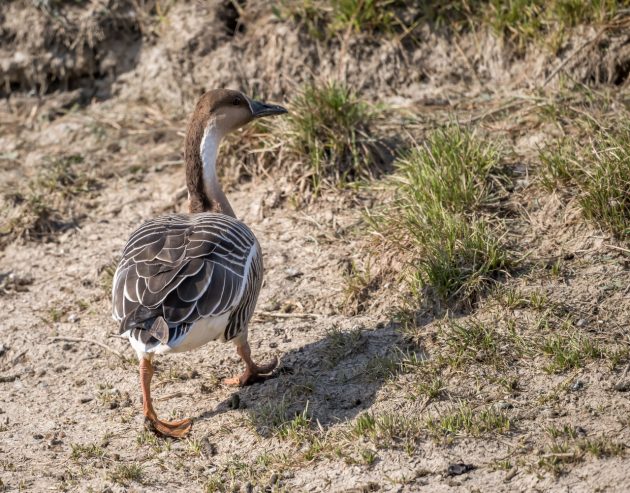
Different from Europe, it is the ancestor of geese domesticated in China (source).

Some scientists seem not to be very confident about their own research (or maybe very modest) – why would one otherwise write a paper titled “A potential distribution map of wintering Swan Goose (Anser cygnoides) in the middle and lower Yangtze River floodplain, China”?

However, whatever sympathy I felt for the authors immediately evaporated when reading the sentence “This study used the maximum entropy approach to model a distribution map of this species”.

Other researchers tackle weightier matters such as the distinctive gut microbial community structure in wild and farmed Swan Goose. Given the importance of this topic, it is not surprising they conclude that “The marked differences of genus level group-specific microbes create a baseline for future Swan goose microbiology research and make a valuable contribution to forming relationships between gut microbiota and domestic bird reproduction”.

Then, at Poyang Lake there are some species that are either easy to see elsewhere or not very interesting in the first place, or both. Such as:
Black-headed Gull …

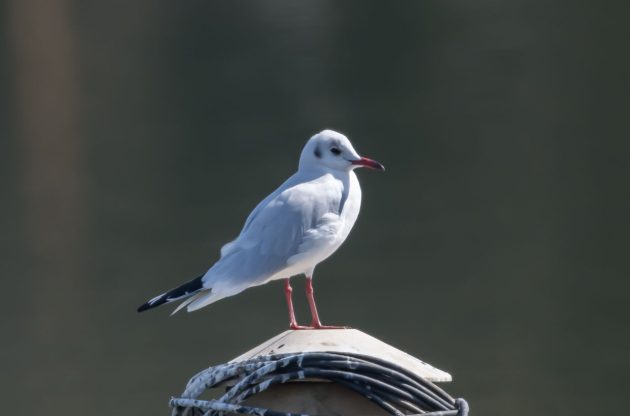
… Daurian Redstart …


… Eurasian Spoonbill …

… Grey-capped Greenfinch …


… Little Bunting …


… and Slaty-backed Gull.
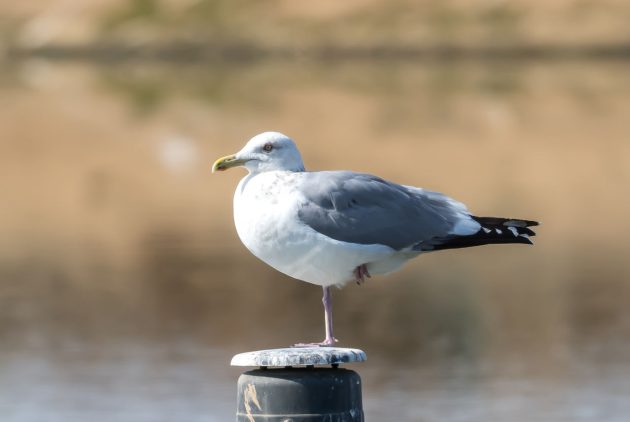

That leaves the Tundra Swan.


There is a wintering population of 40000–110000 distributed at Poyang Lake, accounting for 13 % to 36 % of the global total, making it one of the most important populations of Tundra Swans worldwide (source).


The HBW in its usual America-centric perspective states that the literature on Tundra Swans in North America is surprisingly limited – while Google search brings up mostly papers on exactly these swans rather than on the European or Asian population. I guess that American ornithologists have better access to grants.
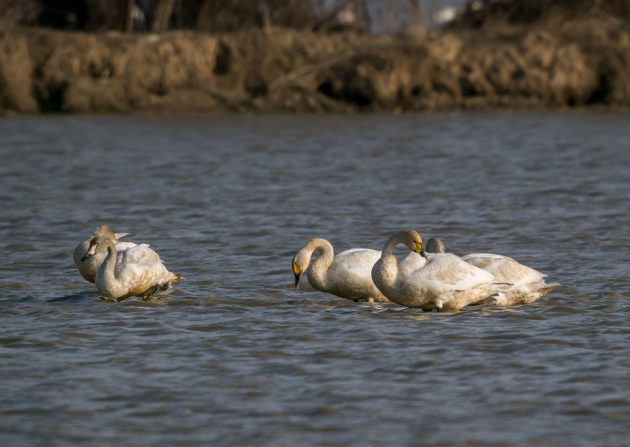

Overall, I felt I was right in my deprioritization of birding Poyang Lake – it does have birds, and lots of them, but not the species I enjoy seeing most. After spending only 1.5 days there, I moved on to Wuyuan, which turned out to be better – but that is the subject of a different post.


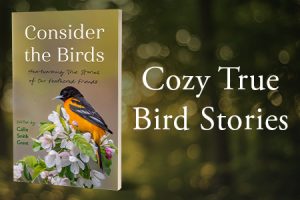

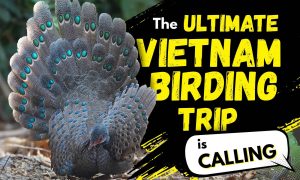
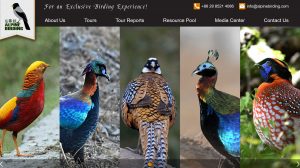
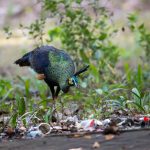

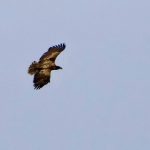

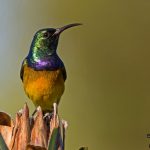


Not sure why, but I definitely prefer the little, colorful woodland birds over the big, often easier to see open country ones.
For this, my life list is not impressively large. Fine by me. Wood warblers alone provide some real enjoyment…
I’m a goose enthusiast: the many thousands of pink-footed geese that winter in North Norfolk, not far from where I live, are wonderful to see and hear. I’d really like to see a wild swan goose, but it’s an East Asia special.
The most beautiful of all the geese is the red-breasted, a rare but regular rarity here in the UK. I’ve been to Bulgaria to see flocks of red-breasts wintering close to the Black Sea – well worth the effort.
For European research into Tundra Swan maybe google on Bewick’s Swan as that is the commonly used British English name for the subspecies Cygnus columbianus bewicki. This taxon is declining in Western Europe largely due to the phenomenon known as short stopping. The wetlands closer to its breeding grounds are no longer freezing in winter, so they do not need to migrate as far as western Europe.